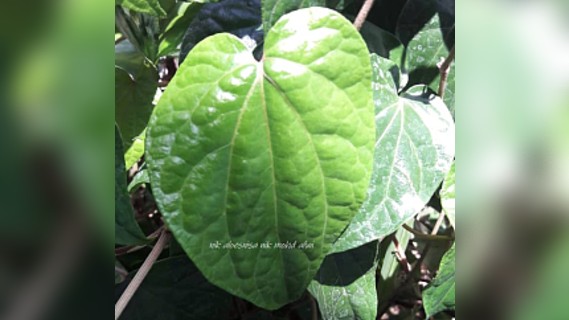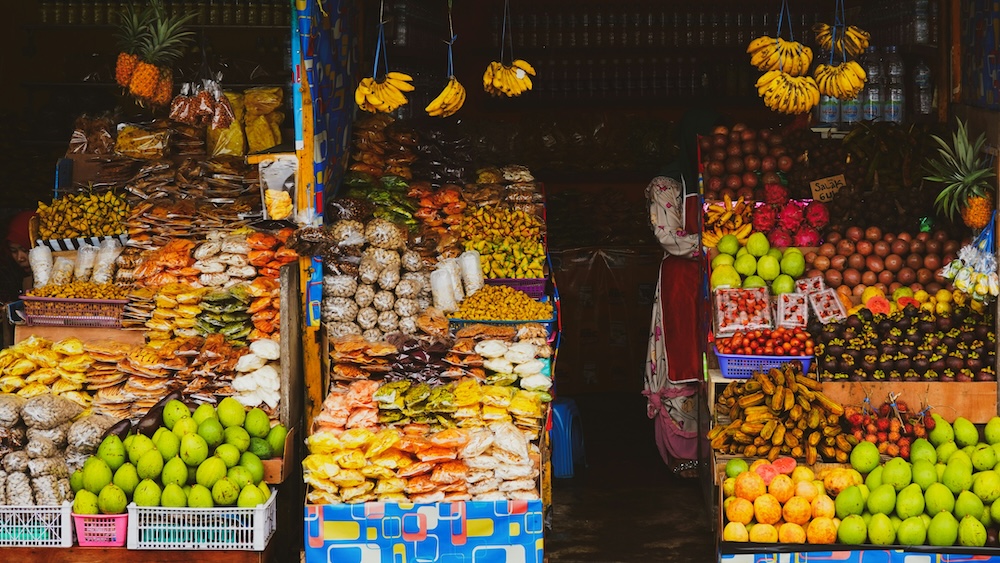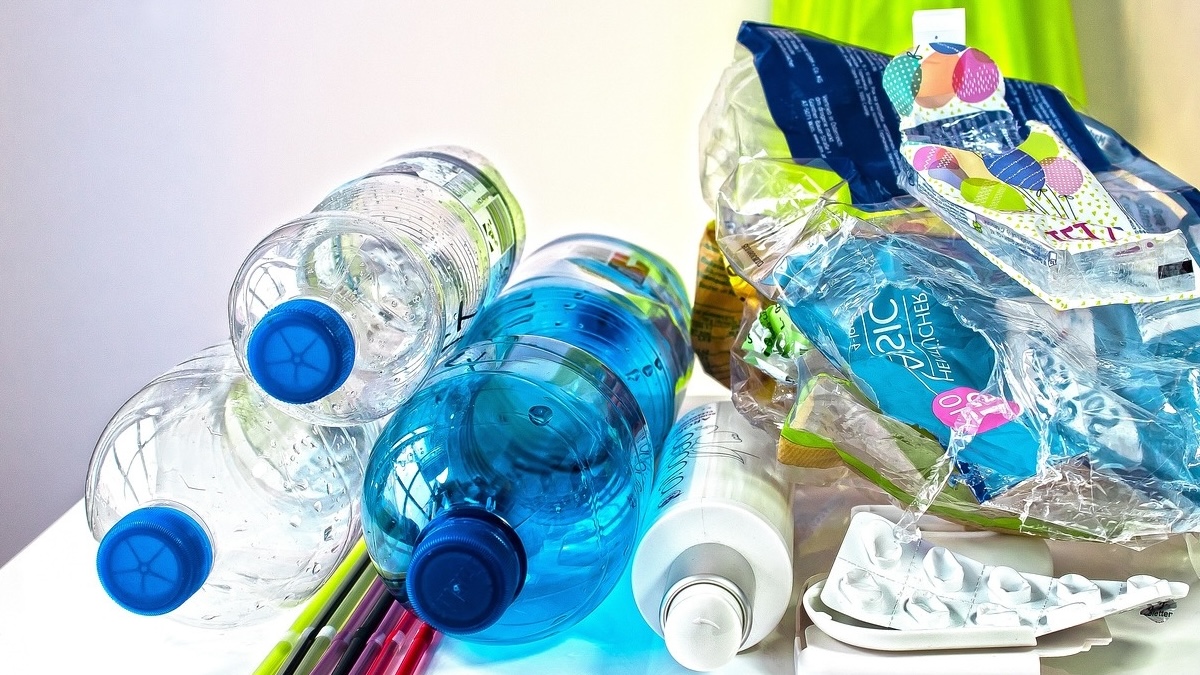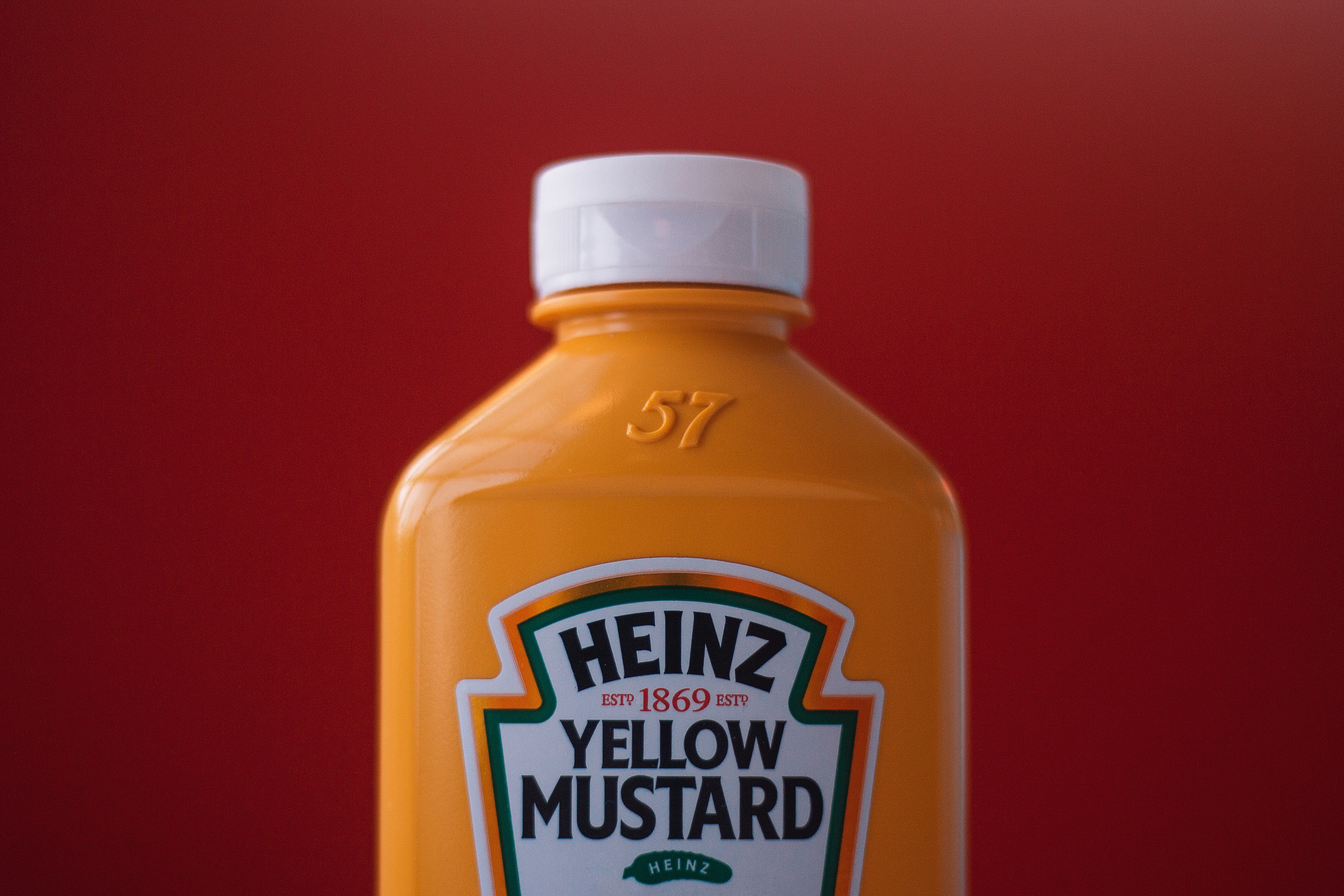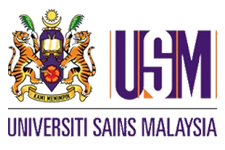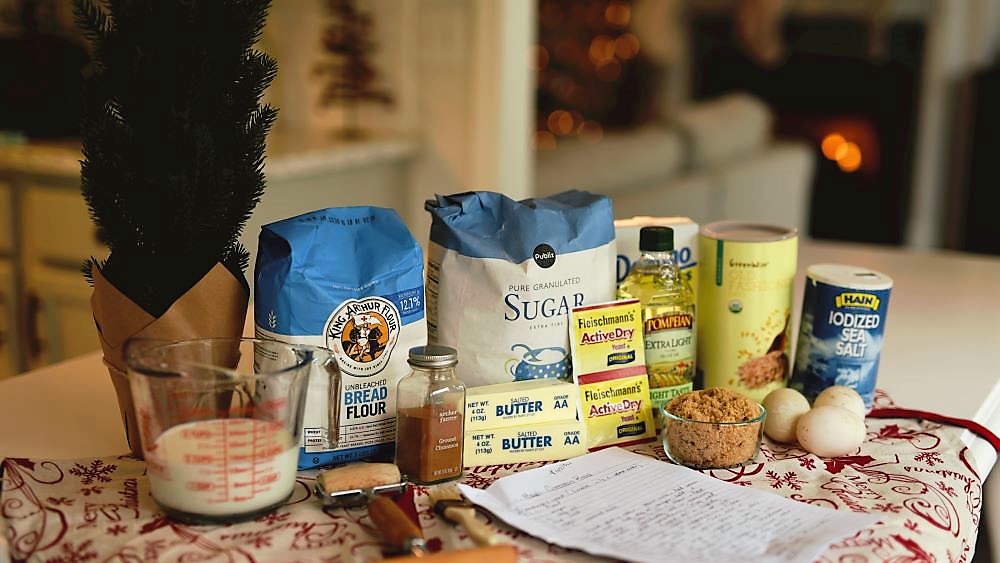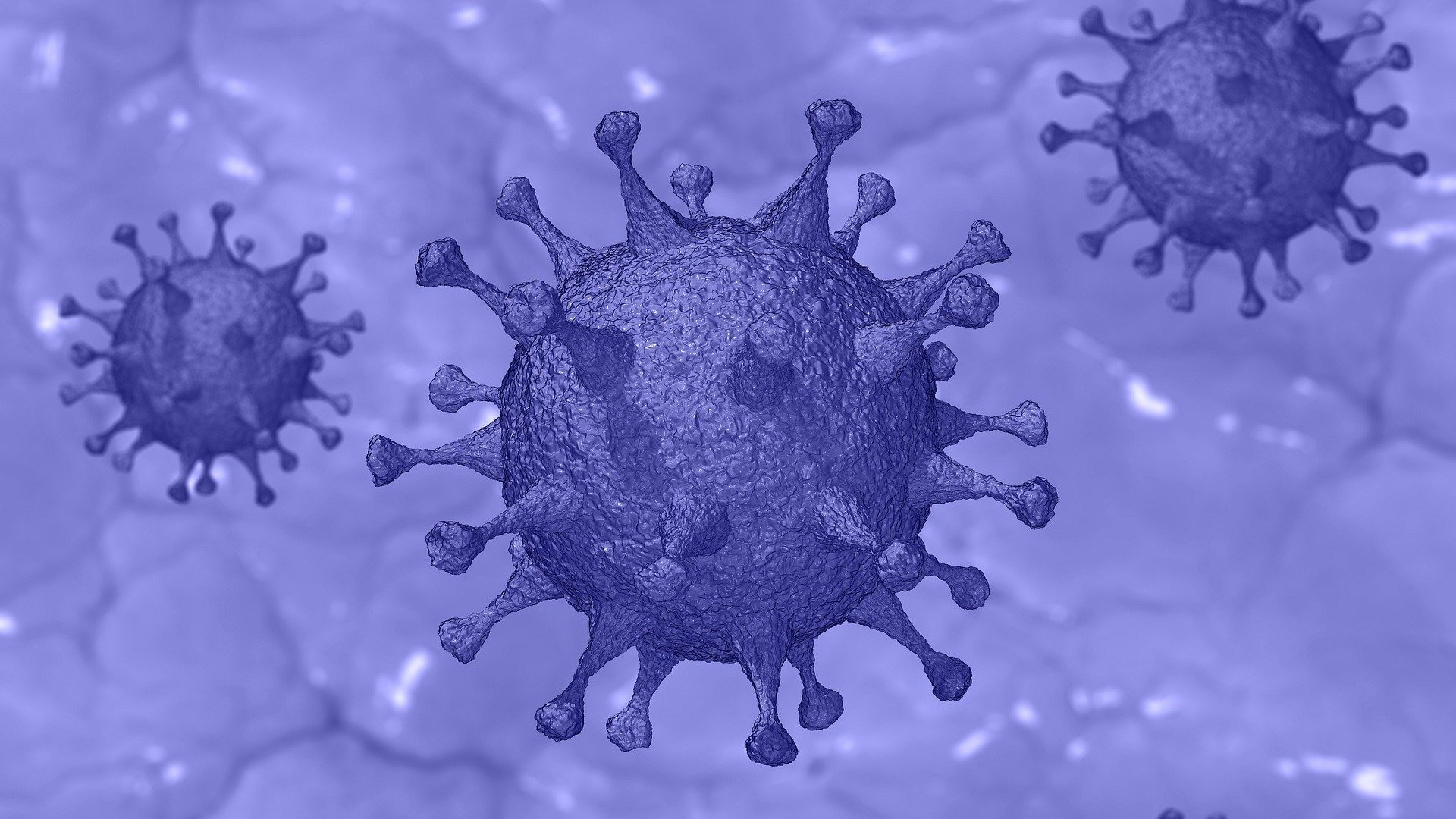THE manufacturing sector is moving towards the 4.0 Industrial Revolution (Industry 4.0). This will eventually cause an impact on the food supply chain, especially the packaging industry.
New packaging methods are currently in demand due to changes in consumer buying behaviour. Customers prefer to purchase in bulk and require the merchandise to be packed in a convenient package.
Besides, convenience stores are growing in great numbers and redesign of packaging is necessary in order to maximise limitedly available space.
However, packaging designs must fulfil certain conditions such as product protection, communication, convenience for transporting and containment to prevent cross-contamination.
New designs will inevitably cause the abundant usage of synthetic plastic materials and this could lead to its accumulation in the ecosystem as it requires extraordinary long periods to degrade. In the process these plastic discards can cause environmental pollution.
It is predicted that by 2050 the human population of humans will multiply by three-fold, and food supply is believed, will be insufficient to feed the increased population. At the same time, synthetic plastic is expected to accumulate half of the sea area and overwhelm the population of marine life.
In another 30 years, the cost of food is expected to be more expensive and the human diet could most likely come in an altered form. Humans would prefer to buy cheaper food with extended shelf-life.
As reported by the Solid Waste Management and Public Cleansing Corporation (SWCorp), Malaysia, the public discard approximately 16,688 tonnes of food daily including rotten food.
Hence, food industries are providing smart-food packaging, which is “SMART” in extending the food shelf-life, preserving freshness and more convenient for usage and transportation.
Smart-food packaging has been in high demand since 2009 and is ideal to accommodate concepts in Industry 4.0. Thus, a smart-packaging that is made from biodegradable polymer is “the call of the day” to complement the demand and to support idea of a greener environment.
There are two types of smart-food packaging. One type is intelligent packaging, which offers extra functions to the packaging via sensors or communication features - with or without the assistance of electronics.
It is predicted that by 2050 the human population of humans will multiply by three-fold, and food supply is believed, will be insufficient to feed the increased population. At the same time, synthetic plastic is expected to accumulate half of the sea area and overwhelm the population of marine life.
The Pasteur sensor tag (RFID-radio frequency identification) is one example of high technology use in packaging. It can measure the relative humidity, temperature and light, to identify the shelf-life of chilled foods including fruits, vegetables or meats.
The Pasteur sensor tag uses a silicon sheet indicator and is readable by computer software that is installed in a computer or smart-phone.
The application of the tag is crucial during food storage and to provide information to the consumer about the expiry. Other examples are visual-recognition apps, which a consumer can use with phone apps to scan the tag on the products to identify the content of the brand.
Interestingly, few beverage products are using QR codes (two dimensional barcodes) to link one consumer to other consumers through social apps such as Facebook, Twitter, and others to share their experience of consuming the product. Currently, QR codes are also applied by Heinz and Hillshire Farms' Park's Finest Franks (US-based hot dog company) for the promotion of products and at the same time as a marketing strategy.
Another type of smart-food packaging is one that interacts with the product. Examples of this type of smart-food packaging are anti-microbial packaging or packaging that is indicated by the changes of the colour and signage on the materials.
The University of California Berkeley has developed 3D-printed food cap which indicates spoiled milk. The milk carton needs to be shaken so that the milk will be in contact with the cap. Then, the spoilage can be detected when the cap indicates a certain reading.
Another innovation is the TZD Sheath (Thiazolidinediones) which function as anti-biofilm. It is applicable for packaging vegetables and fruits. Vegetables and fruits easily get rotten due to microbial and fungal growth, especially during the large-scale storage or delivery. By coating the TZD Sheath in the box or delivery bag, the anti-biofilm properties of TZD Sheath will prevent the growth of microbes and fungi proliferation.
Among the various types of smart packaging, the biggest attention is given to packaging with antimicrobial property. The antimicrobial compounds within the smart packaging will gradually migrate from the films into the food.
This kind of slow migration of the compound into the food allows initial inhibition of the unwanted microorganisms and other microorganisms that contaminate the food over time.
Some antimicrobial agents disrupt the growth requirements such as metabolic and reproductive systems, and also modify the membrane and the cell wall structure of the microorganisms. Besides, the antimicrobial compounds also slow down the growth rate of the microorganisms, hence a smaller number of bacteria are produced.
Smart-food packaging can be produced via the utilization of a biodegradable polymer, which will be completely degraded at the end of the day. This will provide for a green environment and reduce the usage of synthetic plastics.
Some examples of biodegradable polymers are gelatin, starch, chitosan, polyhydroxyalkanoate, or polylactic acid that can be degraded within 40 days to 2 years. Biodegradable polymers tend to be degraded by the presence of sun rays, water or microorganisms.
Chitosan, is the example of outstanding biodegradable film in smart packaging due to its inherent antimicrobial property, high mechanical strength, nontoxic, biodegradable (6 months), and biocompatible.
Usually, chitosan can be extracted from crustaceans including shrimp and crab, cephalopods such as squids and annelids, or seaweeds. Chitosan films are used to protect fresh vegetables and fruits from bacteria, fungi, molds, and yeast attacks.
Due to the safety concern of synthetic antimicrobial agents, natural products, enzymes or plant extracts are incorporated into the biodegradable polymer to produce smart-food packaging.
As a result, the smart packaging is effectively enhancing food safety and prolongs the shelf-life. Incorporation of plant phytochemicals into the biodegradable packaging materials could also lead to more natural, disposable and biodegradable food packaging.
Other plant extracts used in smart packaging that are rich with robust antimicrobial are oregano, thyme, cinnamon, or grapefruit seed extracts. The enzymes incorporated into the biodegradable polymer in smart packaging can lead to the lysis of bacterial cells.
As a result, the smart packaging is effectively enhancing food safety and prolongs the shelf-life. Incorporation of plant phytochemicals into the biodegradable packaging materials could also lead to more natural, disposable and biodegradable food packaging.
Smart-food packaging is very crucial in daily life, especially to maintain the freshness and the safety of the foods. Some versions of smart packaging are: moisture absorbers, antimicrobial and antioxidant packaging, carbon dioxide emitters, and oxygen scavengers, which enhance product attributes (e.g. look, taste, flavor, aroma, etc.). It also has the opportunity in the field of nanotechnology, the Industrial Internet of things (IIoT), Real-time capabilities and CPS, Cybersecurity and New Business Models.
Smart-food packaging is cost effective and reduces food wasting, especially when it is applied in large scale production. Hence, smart-food packaging plays one of the major roles in the development of Industry 4.0.
Connectivity and efficient technologies may be the key necessities for Industry 4.0, however, it is also crucial for the provision of a green environment.



